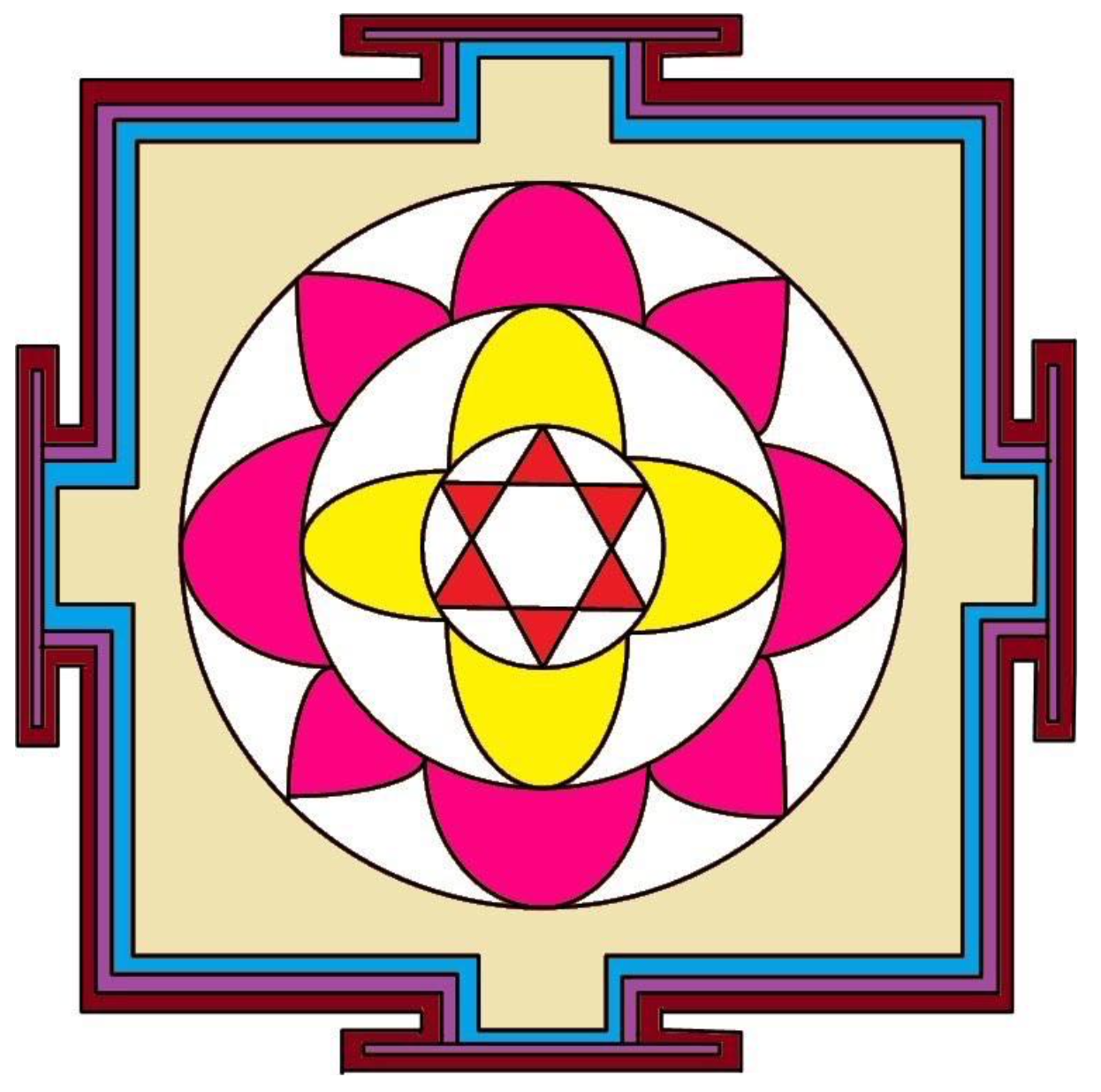- Edited

VĀGVĀDINĪ
Upāṅga Devata of Rāja Śyāmalā
Goddess Vāgvādinī confers, inspiration, wisdom and learning. She’s depicted as holding a pen and a book, in a very Sarasvati like manner. Her attributes point to her representing contemplative and reflective processes taking place in the Madhyama stage of sound. She contains within her the entire alphabet, however it’s not yet broken down by varnas; this is done at a later stage in the viṣuddhi cakra. Her mantra describes the practitioner asking her to manifest the ideas expressly. All of which is done through Nakulī. She is the power through which knowledge expresses itself in action. In the Vedas she’s described as a river, which is lauded for for the nourishing and purifying powers of its waters.
VĀHANA/VEHICLE:
Lotus
BODY LOCATION:
Heart. The aim of Devi Vāgvādinī is to take the devotee deeper into the meditation state which allows him to hear the “unstruck” sound of the heart.
LEVEL OF SPEECH:
Madhyama. This stage is called the Intermediate, Madhyamā because it is in an intermediate position between the subtle and still undifferentiated Word, paśyantī, and the manifest and articulated "gross" speech, Vaikharī.
Madhyamā represents only a mental state, which reveals the duality of the expressing and the expressed, object and subject.
Madhyamā consists of the power of cognition, insofar as the knowledge of objectivity or of the action to be accomplished is experienced, and since this objectivity or action are discursively formulated in consciousness or in the intellect. But it may also be regarded as consisting of the power of action, since the articulate language, which is action, already appears.
It’s associated with the power of ideation.




